Whatever solution you choose to have Internet at home, it is always advisable to check the network coverage in the Municipality where you live
Technologies such as ADSL, FWA (Fixed Wireless Access) and mobile telephony with navigation in 4G and 5G are alternative solutions to FTTH optical fiber and FTTC mixed copper fiber for having Internet at home. They are especially useful in localities, such as small municipalities in the countryside or mountains, where ultra-broadband via cable has not yet arrived.
But how much do they cost? According to the survey conducted by the SOStarifffe.it Observatory, an unlimited connection with ADSL and FWA, when fiber is not available, involves a cost of more than 24 euros per month, while with mobile offers the cost is 16.98 euros per month to meet the average Giga requirement from the fixed network.
ADSL and FWA: how much do these alternatives to optical fiber cost
According to this research, ADSL, which ensures an unlimited connection and a maximum download speed of 20 Mbps, has an average monthly cost of 28.48 euros, plus initial activation of an average of 8.56 euros.
On the other hand, there is a saving if FWA technology is chosen: in fact, for the same unlimited connection, but with a maximum download speed of 245 Mbps, the average monthly cost is 24.28 euros. The average 12 euro activation fee should then be added to this figure.
Mobile telephony: a snapshot of the costs of the offers
Where the optical fiber does not arrive, one could opt for a mobile connection to have high-speed Internet. The analysis conducted by the SOStariffe.it study examines the 4G offers: with a fee of 8.26 euros per month, plus 5.10 euros for initial activation, you can have 107 GB per month, browsing with a maximum speed in 216Mbps download.
Instead, greater navigation performance with 5G: it is true that you need a compatible smartphone, but the offers include 160 GB per month with a maximum download speed of 1771 Mbps. The tariffs? The monthly fee costs an average of 16.67 euros. While the initial activation on average stands at 7.09 euros.
Taking into consideration all the offers on the market, both the proposals that allow browsing only in 4G and those that also allow a connection in 5G, it emerges that on average a user has 118 GB available every month, with a browsing speed equal to 548 Mbps (downloading). As far as costs are concerned, your expense amounts to 10.05 euros per month, to which you need to add 5.53 euros for activation.
Also under the magnifying glass of the survey are the offers that meet the needs of GB per month of a “typical customer” with a fixed connection. On the basis of the photograph that was taken by the latest Agcom Communications Observatory (3/2022), there is an average consumption from a fixed network of about 6.9 GB per day which, over the course of a month, becomes just over 200GB.
Starting from these consumptions, sifting through the telephone tariffs capable of satisfying this data requirement, it emerges that they offer an average of 271 GB per month, with a browsing speed in download of 941 Mbps, and with a monthly fee of 16 98 euros, plus 4 euros for initial activation. The result? By activating these offers (even without a subscription but only with a rechargeable rate) you can replace the landline telephone line with a mobile connection, benefiting from an amount of Giga capable of “feeding” your connectivity needs.
How widespread are new technologies in Italy
The Communications Observatory also found that almost 20 million lines were active in the fixed network in the first half of 2022. But, in the last twelve months, the traditional copper lines have decreased, while the lines using other technologies have increased. beginning of 2023.
In this regard, it should be noted that ADSL now reaches 99.8% of households in Italy, while also the “mixed” FWA technology, thanks to its “radio links”, ensures good coverage (97.3 %) on the national territory, so much so that currently the Fixed Wireless Access lines have exceeded the quota of 1.7 million.
However, the advance of the fiber does not stop. The mixed copper FTTC solution has reached a diffusion of approximately 96% of households. Just as the coverage of FTTH optical fiber is increasing (44.4%), with accesses growing by over 780 thousand units on an annual basis, with the “ceiling” of 3 million which was exceeded at the end of June 2022. Finally, examining the connection speed, the survey reveals that 80% of broadband lines have speeds equal to or greater than 30 Mbps.
Whatever solution you choose to have Internet at home, it is always advisable to check the network coverage in the Municipality where you live, before signing a new contract.






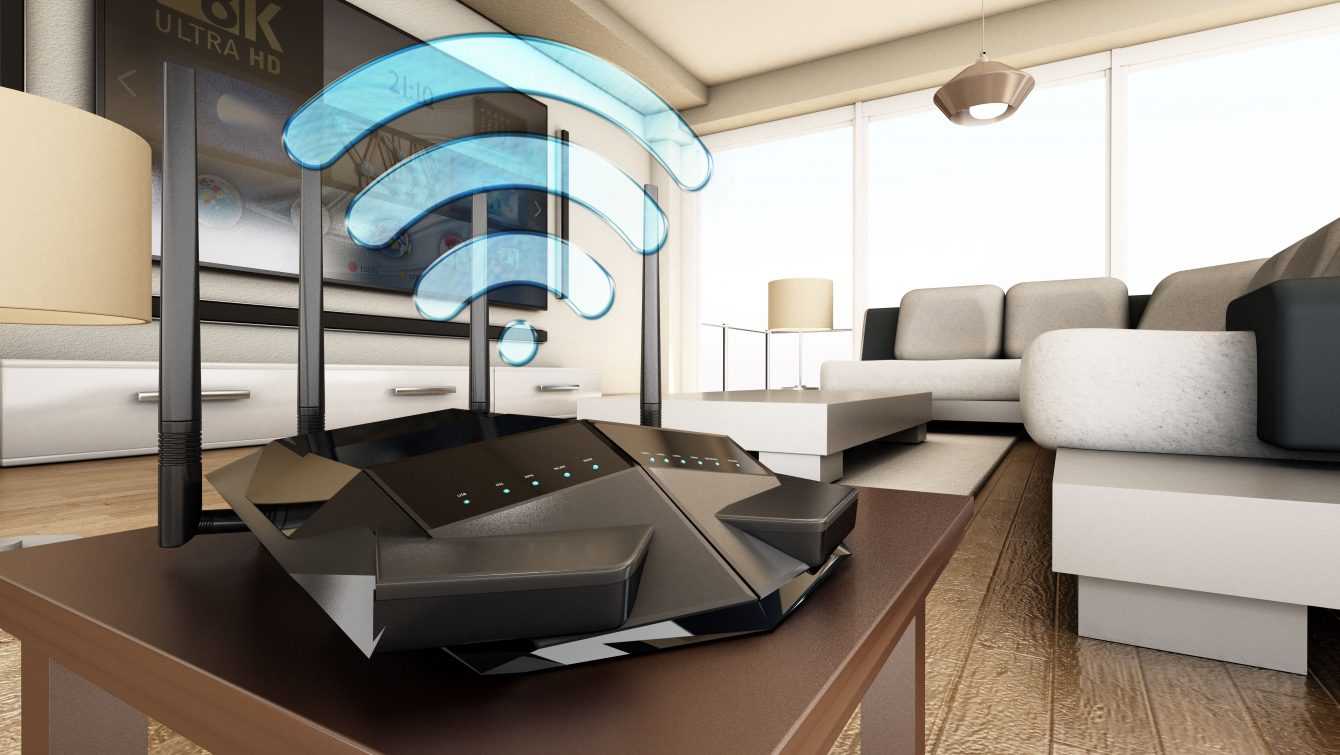


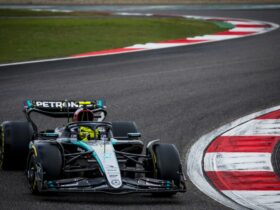
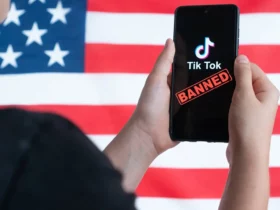

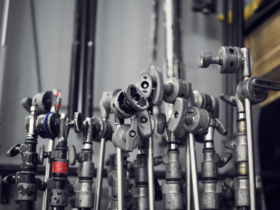
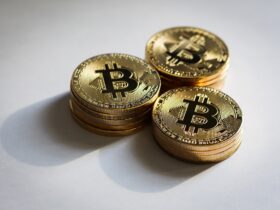


Leave a Reply
View Comments